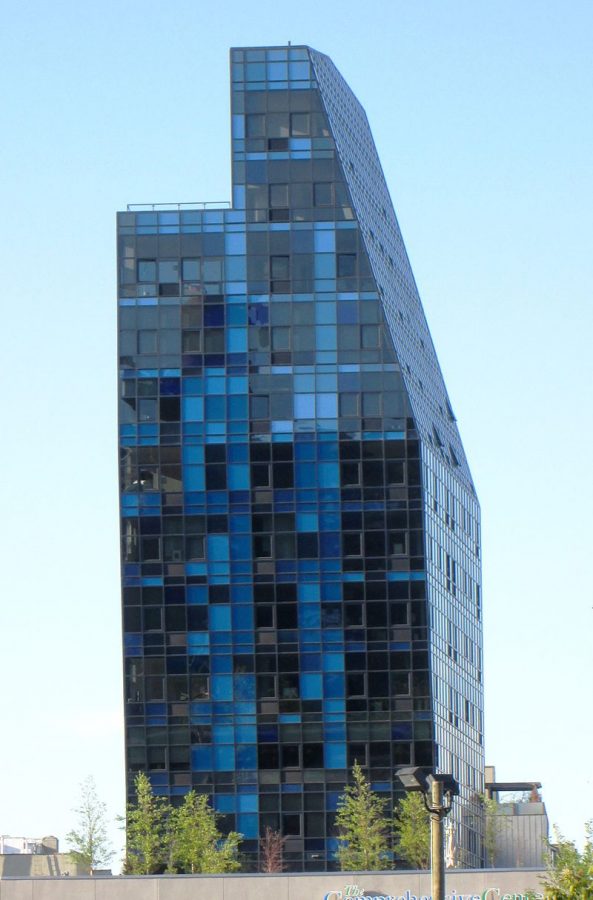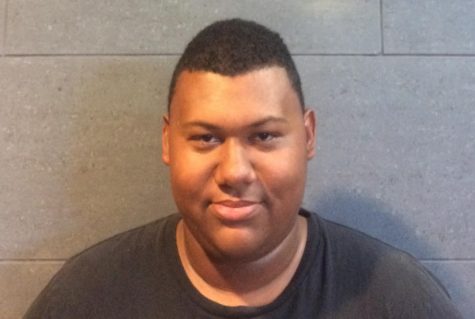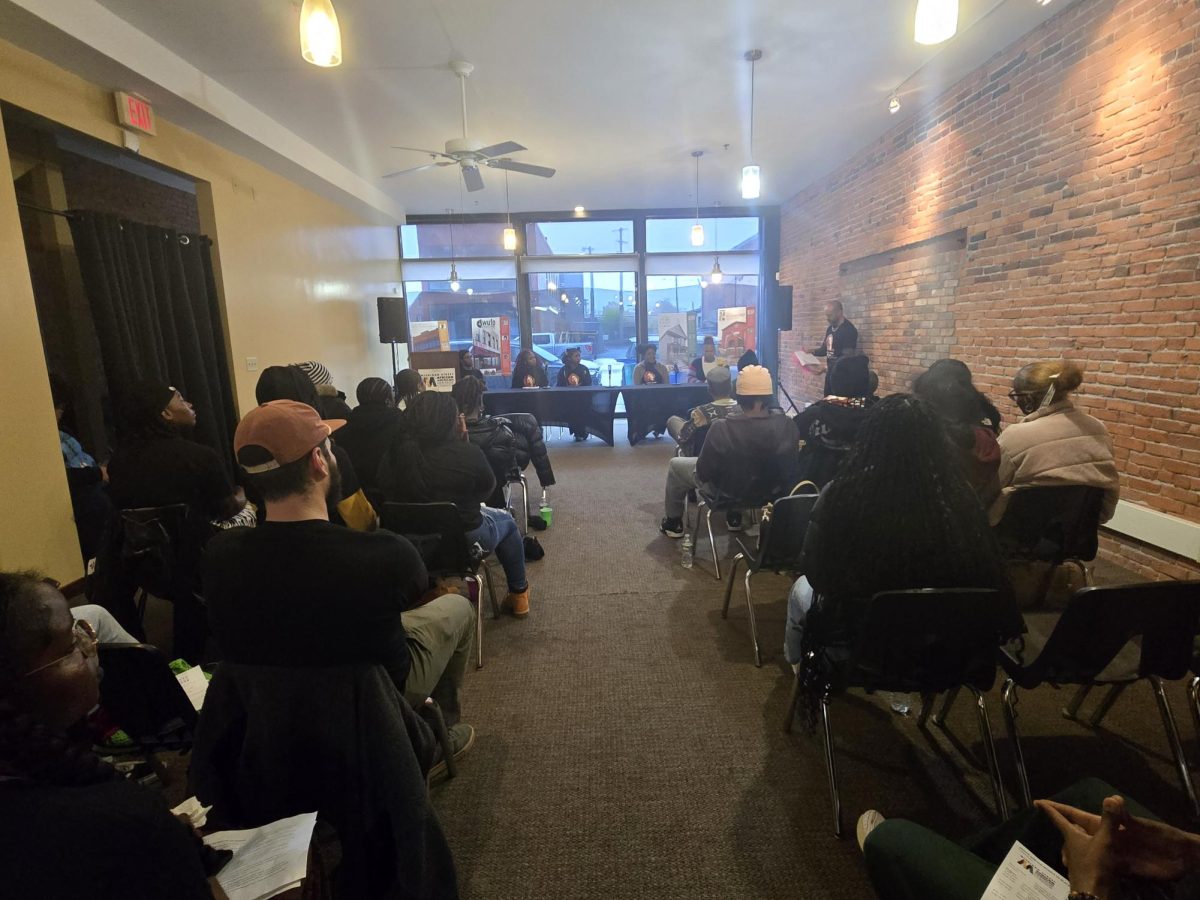From bodega to bistro; gentrification’s effects on the soul of New York City
April 24, 2018
New York City is one of the most special places in the world. Sure, it’s loaded with movie clichés, but those people who are born and bred through New York City know what it’s really like. The Lower East Side of Manhattan has always been a special place for me in particular. However, when I was kid, there was a huge blue building was built on Delancey Street, which really stood out. Little did I know how this building would play into the neighborhood’s change and overall development towards upper class residents.
In the years since that building was constructed, the city that never sleeps seems to be getting weaker as it loses what it really is. While New York City is one of the few places that I hold dear to me, it’s beginning to lose its soul.
By this, I mean the places and things that make it feel special. This is primarily due in part to gentrification. People are slowly being priced out of their neighborhoods that they have lived in all of their lives but now they don’t have access to the changes that have been made to revitalize a once crippled city. Several examples of this come from Douglas Rushkoff’s book, Life Inc.
In the introduction the book, Rushkoff describes how certain people really care about how the property value instead of the crime going on in the neighborhood based on the change in demographic. He also notes the people who originally lived in the neighborhood never had any say in the gentrification of their neighborhood. However, Rushkoff uses a different word. Instead he says, renaissance.
Many places claim certain areas are going through a renaissance instead of saying they are being gentrified, streamlined to rid them of many minority families that staked a claim in that neighborhood. Buffalo is one such city that is seeing the advantages to this convenience of language.
Places like Grant Street are slowly being over run with gentrified, one example of this being the Sweetness 7 café on the corner of Grant Street and Lafayette Avenue. Many people can afford to go to this place and hangout, but this doesn’t mean everyone is able to. Minority high school students don’t necessarily have the social status to enter a place like this. Prior to being located on Grant Street, this café used to be on Parkside Avenue, near Amherst Street. New York City sees this sort of move all the time, only people know it to be gentrification.
However, in talking about this to many of my friends, they describe it as the neighborhood losing its soul. People from areas like crown Heights, Park Slope and other areas describe them as losing their feel and have lost the parts of them that made them special. One major reason for this would be the massive overhauls of neighborhoods into major commercial and residential developments. One such example is the former Los Angeles neighborhood of Chavez Ravine.
Chavez Ravine was a neighborhood located on the outskirts of Los Angeles. It was primarily a Latin American neighborhood with many traditions of the culture. One day, residents were told that the area was being razed to make room for a new housing development. All the residents would be able to move into the development when it was finished.
The city built this due to eminent domain, something that would become a major force for urban redevelopment and gentrification. Many residents took a buy out while others remained in the area. However, the development was never built and the many residents were left without a place to live. Instead, the stadium for the Los Angeles Dodgers was placed in the area where the development was supposed to go. Many of the residents that remained there, left homes abandoned or took a buyout from the city.
The disappearance of the people and the homes was chronicled in the song, “3rd Base, Dodger Stadium”, from the album Chavez Ravine. The song talks about that are in the stands watching a baseball game and the people seeing the ghosts of the former residents scattered throughout the baseball diamond. In this way the area is haunted by the people who lived there when it was still a neighborhood.
The case of Chavez Ravine is not a unique one, though. In time, many areas and neighborhoods were stripped away in order to make room for urban development. Places such as downtown Brooklyn, had to make way for the Barclays Center and Atlantic Terminal complexes, respectively.
The Barclays Center is what really got the argument about eminent domain started because of the way people were thrown out of homes that hold memories and recollections of their past. These people much like me, will always remember the small apartments that would host the largest family gatherings on the planet. Those small tenement apartments where family recipes were made, those small apartments where kids learned the intimate facts of life, those small apartments that held a million memories for people
The memories of the little moments are what make the disappearances of these apartment buildings and homes so valuable to people. The value of the land is based on the future of it and how the development means more than what people consider their memories are worth. Gentrification has cost places like New York City their soul and it seems that Buffalo is next.
It’s something to notice, though, because neighborhoods really have gone from bodega to bistro.





